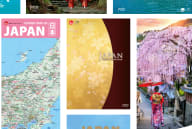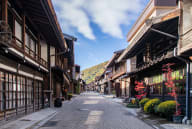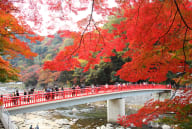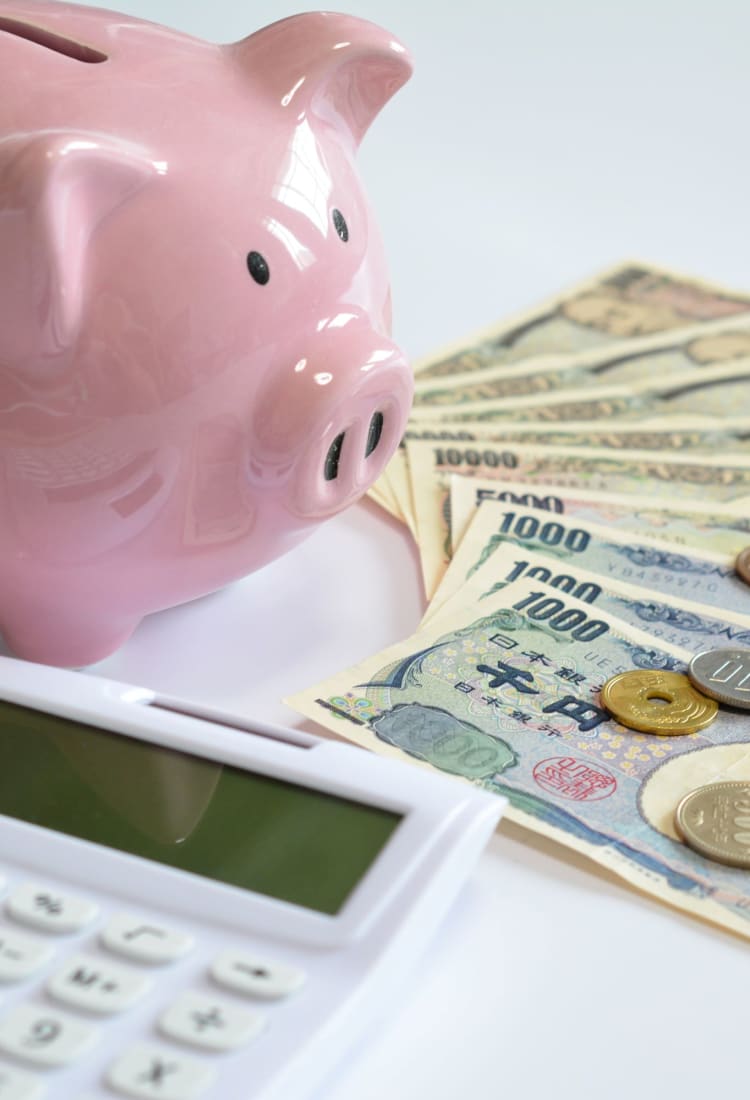
Is Japan Really that Expensive? A Traveller's Guide to Enjoying Japan on a Budget
The Popular Myth of Japan's Unaffordability
Japan exists in many westerners’ minds as an expensive destination. Memories of the country’s economic bubble of the 1980’s, paired with the branding of Japanese products and cuisine as luxury items overseas has given rise to the persistent myth of the country’s unaffordability. Unfortunately for Canadian travellers, Japan being located on the other side of the globe does mean that getting there will incur a certain cost. More unfortunate still, is the fact that this discourages them from travelling there and realizing how affordable all other aspects of Japanese travel can be. In this article, we’ll debunk the notion of Japan as an expensive country – offering some side-by-side price comparisons, as well as some money-saving tips.
Accommodations
One thing that anyone has been to Japan will tell you is that they take hospitality very seriously – with even the lower end of accommodations offering pristine rooms and amenities abound. In spite of this, the price tag associated with most stays in Japan are typically much lower than their Canadian equivalent. While in Canada, one would be lucky to find a private room for under $100.00 a night, in Japan this is decidedly on the higher end of what one could expect to pay.
| Accomodation Type | Avg. Canadian Cost (nightly) | Avg. Japanese Cost (nightly) |
|---|---|---|
| Hostels (Incl. capsule hotels) |
$50-100 CAD | 2000-4000JPY ($20-40 CAD) |
| Economy Hotels | $100-250 CAD | 5000-10,000 JPY ($50-100 CAD) |
|
Bed and Breakfasts |
$100-250 CAD | 5000-10,000 JPY ($50-100 CAD) |
| Standard Hotels (Incl. ryokan, resorts, etc.) |
From $200 CAD | From 10,000 JPY ($100 CAD) |
Japan is also home to several types of accommodation that don’t have a direct equivalent in Canada. Most notable are Japan’s capsule hotels – sleeping pods which offer rates similar to hostels at an average of $20-40 a night. These make for great solutions on the fly for solo travellers and light packers.
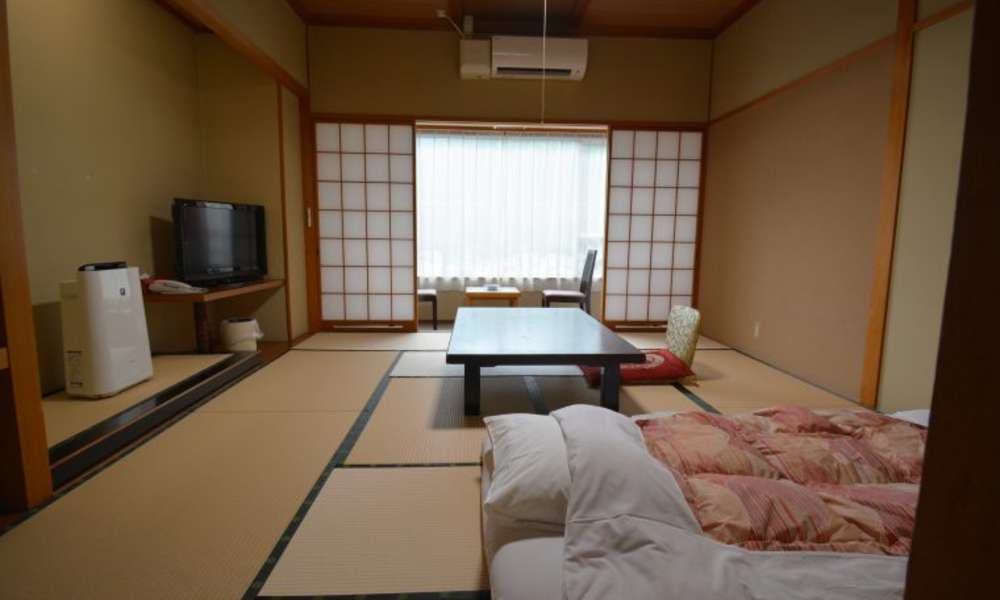
On the opposite end of the luxury spectrum are ryokan – traditional inns that generally feature an on-site hot spring. Ryokan are known for being a more high-class accommodation – ranging from one to several hundred dollars per night, typically including both dinner and breakfast. That said, rates drop drastically during the off season, and in recent years Japan has seen an increase of backpacker-oriented hot spring guest houses, which offer a similar ambiance for a fraction of the price. Those considering traditional stays at a lower rate may also wish to consider minshuku, family-run bed and breakfasts. Although generally not as spacious as ryokan, these also feature the elaborate meals and traditional atmosphere that ryokan are known for, generally for under $100 a night.
Transit
There is no shortage of ways to save money on domestic travel while in Japan. The country boasts a huge variety of transit pass deals - among which, the most recommended is easily the nationwide Japan Rail Pass. The Japan Rail Pass is available in increments of 7, 14, or 21 days, and allows unlimited use of the majority of JR’s national train, bus, and ferry services (including Shinkansen/bullet train). When booked through an agency in advance, the pass ranges from approximately $500-$1000 CAD depending on the length of validity. Though this may sound like a considerable investment, it has the potential to provide great value for those who plan on making frequent use of Japan’s high speed rail network. What’s more, the JR Pass is available exclusively to tourists, meaning that you will be the envy of any of your Japan-dwelling friends you may have.
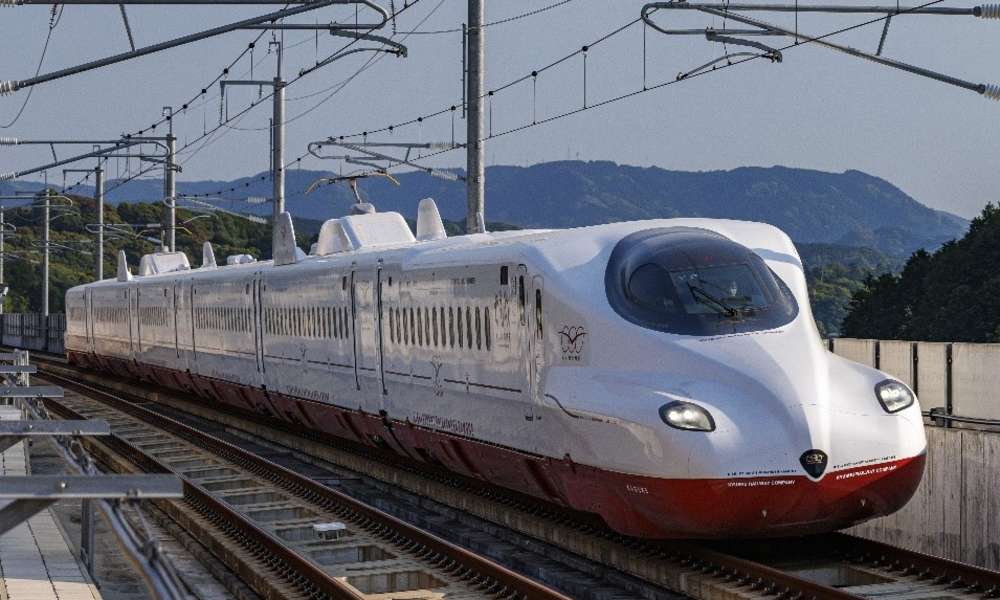
Those looking for slower and cheaper alternatives may benefit from Japan’s local train services and highway bus systems. Discount campaigns may also be in place, according to region and season - one of the best-known of these is JR’s Seishun (“Youthful”) 18 Pass. The Seishun 18 is a 5-punch pass, available to locals and tourists alike, which retails for 12,050 yen (about $115 CAD). Each punch allows unlimited use of JR trains (except for Shinkansen, express trains, or sleeper trains) for a selected date (until 11:59PM). The pass can be used for up to five people simultaneously, or else multiple times for a single holder. Despite the name, there is no age limit on the Seishun 18 pass. Rather, it has earned the name due to the fact that its periods of use overlap with Spring, Summer, and Winter school holidays – meaning that it is popular among young students, who are rich in time but more limited in terms of actual budget.
Those looking to travel far distances with less frequency while in Japan will be pleased to know that Japan is home to a variety of discount airlines. Low-cost carriers such as Peach and Jet Star, offer round-trip flights between Tokyo and Japan’s furthest reaches (be it Hokkaido in the north, or Okinawa in the south) for a ballpark cost of about $100-150 CAD, round-trip. Aside from discount airlines, ANA and JAL also offer discount domestic flights to customers holding a return ticket from Japan. Resources such as Hypedia and Navitime allow travellers a means of weighing the difference in terms of both price and travel time.
With all of this said, it should be noted that Japan’s geography is such that you are rarely more than an hour from a mountain, a beach, or a hot spring. On top of this, Japan’s cities are known for their safety and walkability. Although delving throughout all of Japan is recommended, these factors mean that there are plenty of daytrips that can be done on a dime, allowing one to stay in one area to save money without ever getting bored.
Food
Contrary to what all the overseas buzz about square melons and elaborate kaiseki meals may have you believe, day-to-day dining in Japan is incredibly affordable. Even in the most tourist-populated areas in Japan, at any time of day it is easy to find a full meal for approximately $10 CAD, including tax (tipping is not a custom in Japan!) Naturally, this includes fast food – whether that means ramen, or hamburgers - but it also includes healthier options such as teishoku set meals (which typically involve, rice, miso soup, a vegetable, and a protein).
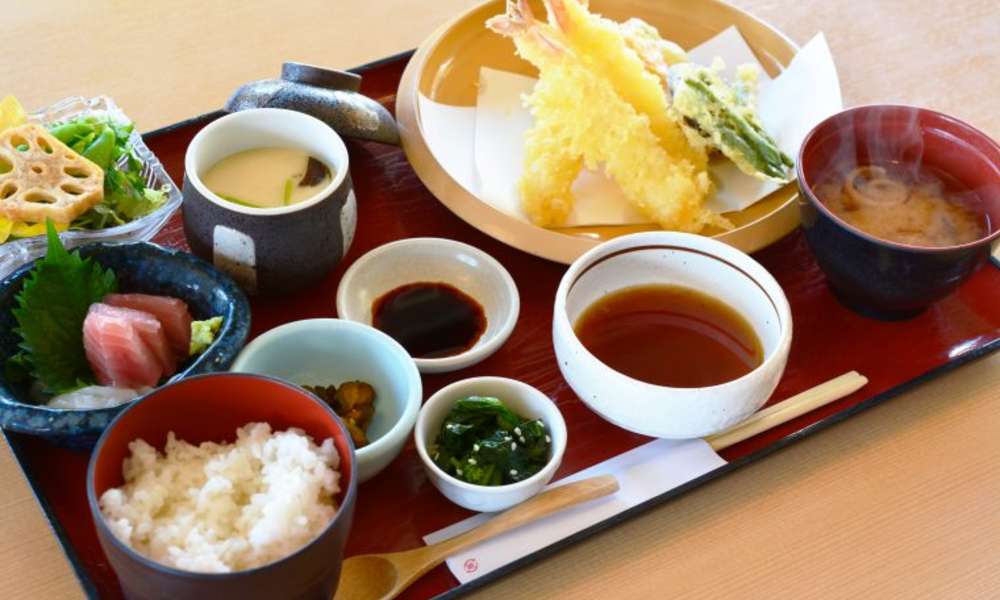
Aside from restaurants, tourists are also routinely blown away by Japan’s convenience stores – which sell a host of ready-made food items, from rice balls and sandwiches, to bento meals, typically ranging from $1.00-5.00 CAD. Canadians who may have certain preconceptions about “convenience store food” will be pleasantly surprised – despite their low cost, Japan’s convenience store cuisine is known for its high quality – even earning praise from legendary chefs such as Anthony Bourdain.
Below are some reliable staples in Japan, and their average cost:
| Food/Drink Item | Approximate Cost (CAD, as of 2022) |
|---|---|
| Sandwich (from a bakery, convenience store) | $2-4 |
| Rice ball | $1-2 |
| Bento (supermarket, convenience store) | $5 (approx) |
| Bowl of Ramen, Udon, Etc.. | $5-10 |
| Set menu at a restaurant | $10-15 |
| Soft drinks | $1-2 (stores) $3-5 (restaurants) |
| Alcoholic Drinks | $1-3 (stores) $5-8 (restaurants) |
Curiously, dining out in Japan often seems to be just as cheap (sometimes cheaper) than cooking for one’s self. That said, travellers who are curious to check out Japan’s grocery stores should be sure to try browsing the end-of-day sales. Typically, the last 2-3 business hours of grocery stores, customers can find ready-made meals and other perishable food items marked down to a fraction of their original price.
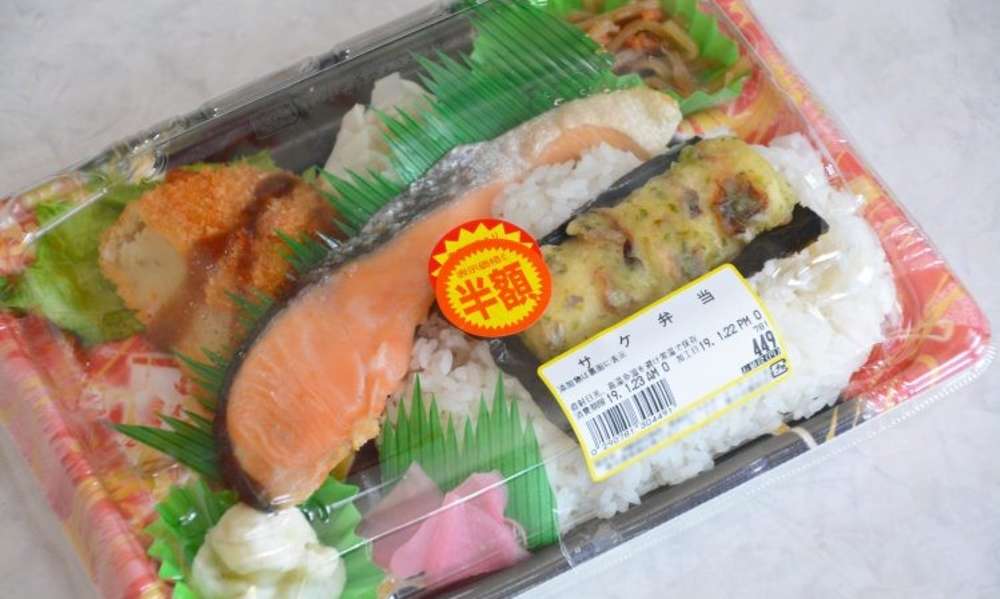
Depachika (department store basements) are especially popular during this time. Although gourmet foods might not be the first thing that Canadians think of when they hear the word “basement”, in Japan, the basement level of department stores is where you can find some of the most luxurious grocers and caterers in the country. Visiting these underground markets during closing hours will allow you to affordably sample some delicious foods that are hard to find elsewhere – though be prepared to compete with the locals for the best deals!
Although discount rates are sometimes marked as “___% off”, you may not always be that lucky! Here are some characters that you will commonly find during Japanese sales:
| Marking: | Meaning: |
|---|---|
| ______ 円引き | ______ JPY Off |
| 1割引, 2割引, 3割引, etc... | 10% Off, 20% Off, 30% Off, etc... |
| 半額 | 50% Off |
Shopping and Entertainment
In recent decades, Japanese products have earned a reputation for their high quality. Although Canadians who are used to seeing these products imported may think that quality carries a corresponding price tag, travellers are often surprised to see how much more affordable they are in their country of origin. A 100-yen shop, for instance, carries an enormous variety of items that one would never expect from a Canadian dollar store - from gorgeous homeware, to stationery, to sporting goods such as bike accessories. And while overseas “dollar stores” have become more and more of a misnomer, most products at 100-yen shops still retail for about $1.00CAD (100 yen).
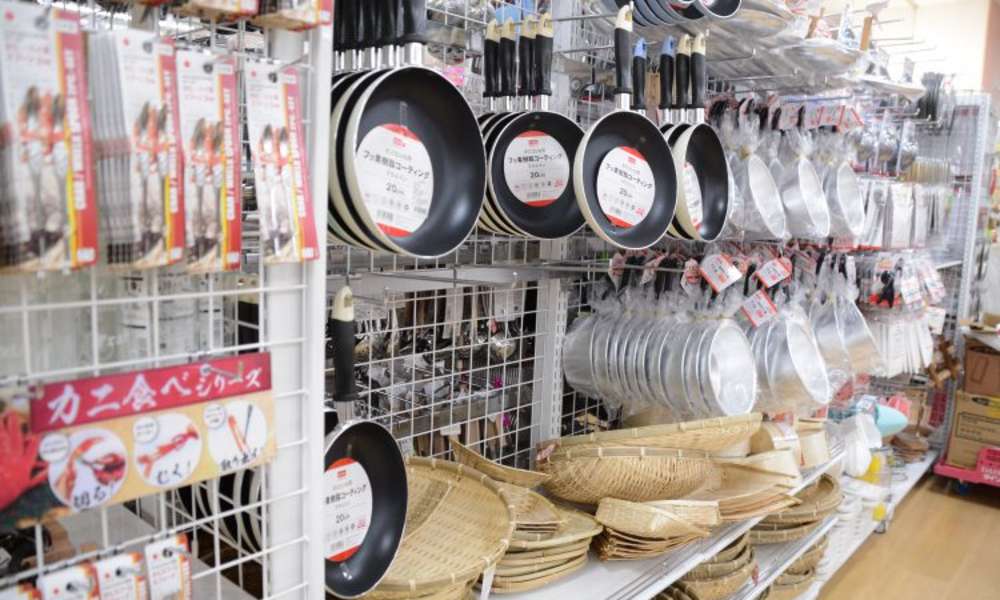
When it comes to fashion, familiar brands such as Muji and Uniqlo will have items retailing for as little as half of what they would cost at their Canadian outlets. On top of this, major retailers such as these often qualify as tax-free shops, where non-residents are exempt from the 10% consumer’s tax upon presenting their passport.
For the environmentally-minded, Japanese secondhand shops or “recycle shops” provide a more curated thrifting experience. These operate by consignment rather than donation, so the condition of items is typically pristine. Although designer items tend to have the price tag to match, non-label clothing carries a price similar to what it would at a Canadian thrift store. Many travellers have also remarked on how much more dramatically the price of most video games and other collectibles tend to depreciate upon resale in Japan, making it a veritable haven for vintage gamers and other pop culture enthusiasts.
Although it’s easy to be enthralled with Japan’s many bargains, travellers looking to kick these consumerist urges will be happy to know that Japan is home to a vast array of museums, galleries, temples, and shrines; typically, admission to these cultural venues costs only a few dollars, or is completely free! During certain seasons, spectacular outdoor festivals can also be enjoyed free of charge. In the summer months, these often involve massive parades and street festivals – whereas this is bookended by cherry blossoms in the spring, and leaf-viewing and moon-viewing in the fall. These make for the perfect seasons to go for a hike, or simply bask in a park.
In much of Japan, winter temperature hovers between 0-10 degrees Celsius, and though this may mean that there is less to do outside, this is perhaps the best time to visit a higaeri onsen (a drop-in hot spring). Admission to which generally ranges from $3-15 CAD, and some townships will even provide “onsen hopping passes”, which allow holders to sample multiple hot springs for a set price. Truly a far cry from a Canadian spa day, which is liable to cost one upwards of a hundred dollars.
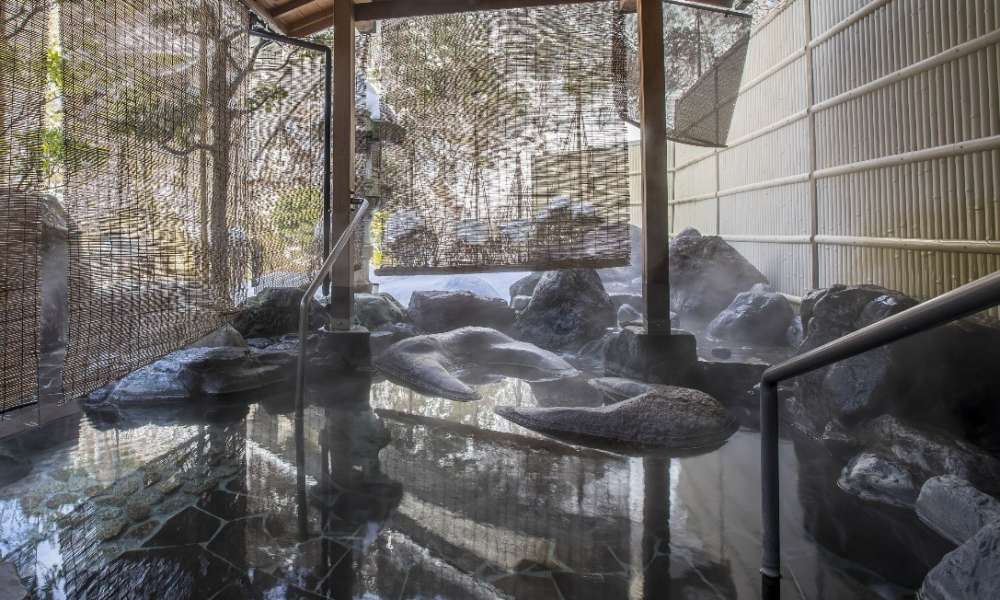
Getting the Furthest with Limited Funds
As with all parts of travel, planning in advance is key. Although it is certainly possible to have an expensive trip to Japan, with proper insight and some planning, Japan can be the perfect destination for even the most frugal of travellers. Knowing the areas you are interested in, the types of accommodations that are available, and the regional campaigns and transit passes that you are eligible for will potentially help shave hundreds of dollars off of your trip. Local tourism websites are the best resources to learn about each region’s unique promotions, and for general information, you can submit an enquiry to JNTO. Throughout this process, you may find yourself pleasantly surprised to learn just how affordable of a destination Japan can be.



























































